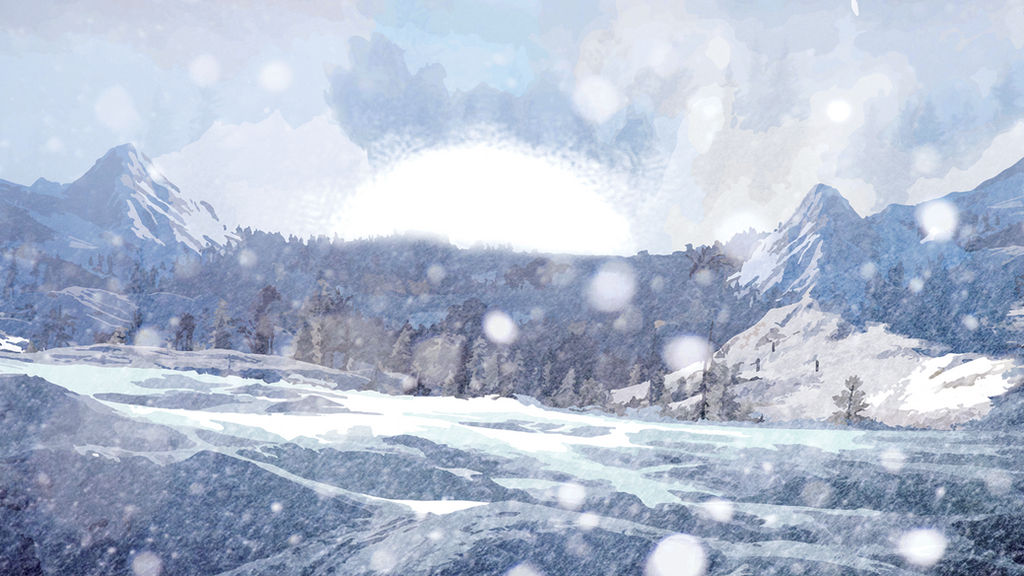Introduction
Hey there, snow enthusiasts! Ever wondered how El Niño, that mysterious oceanic phenomenon, affects California’s winter wonderland? Well, grab a cup of hot cocoa and buckle up, because we’re about to take a deep dive into this fascinating topic!
Understanding El Niño
Let’s start with the basics. El Niño, which means “the little boy” or “Christ child” in Spanish, is a climate pattern that occurs irregularly in the tropical Pacific Ocean. It’s like Mother Nature’s own version of a rollercoaster ride, with warm ocean currents replacing the usual cool ones.
The Dance of Atmospheric Conditions
When El Niño pays a visit, it’s not just the ocean that feels the heat – the atmosphere gets in on the action too! Picture this: warm air rising from the ocean’s surface, triggering a domino effect of atmospheric changes worldwide. These shifts in wind patterns and air pressure can have a ripple effect on weather systems thousands of miles away.
California Dreamin’ – or Nightmare?
So, how does all this atmospheric shuffling impact California’s winter snowfall? Well, it’s a bit like playing a game of meteorological roulette. In some El Niño years, the Golden State gets drenched in rain instead of snow, as warmer temperatures melt those fluffy flakes before they can hit the ground. Talk about a soggy situation!
The Snowball Effect
But wait, there’s more! El Niño’s influence doesn’t stop at the state line – it can even affect the jet stream, that fast-flowing river of air high above our heads. When the jet stream gets thrown off course by El Niño’s antics, it can send storms packing or reroute them to different destinations altogether.
La Niña – El Niño’s Feisty Cousin
Now, before you start mourning the loss of your favorite ski slopes, let’s not forget about La Niña, El Niño’s feisty cousin. While El Niño brings warmer waters to the Pacific, La Niña cools things down faster than a snow cone in July. And you know what that means – hello, powder days!
Predicting the Unpredictable
But here’s the catch – predicting El Niño’s exact impact on California’s winter snowfall is about as easy as predicting the next viral TikTok trend. Sure, scientists can analyze historical data and monitor ocean temperatures, but Mother Nature has a way of keeping us on our toes.
Conclusion
In the end, the impact of El Niño on California’s winter snowfall is a complex dance between ocean currents, atmospheric conditions, and sheer meteorological luck. So, whether you’re waxing up your skis or digging out your umbrella, one thing’s for sure – you never know what Mother Nature has in store!
FAQs
1. Does El Niño always mean less snow in California? Not necessarily! While El Niño can bring warmer temperatures and less snowfall to California, it’s not a guarantee. Other factors, like atmospheric conditions and the strength of the El Niño event, also play a role.
2. Can El Niño affect other parts of the United States? Absolutely! El Niño’s influence isn’t limited to California – it can impact weather patterns across the entire United States, from the Gulf Coast to the Great Lakes.
3. Is El Niño the same as climate change? Nope! While El Niño is a natural climate pattern, climate change refers to long-term shifts in global climate patterns due to human activities, such as burning fossil fuels and deforestation.
4. How often does El Niño occur? El Niño events occur irregularly, typically every two to seven years. However, the strength and duration of each event can vary widely.
5. Can El Niño affect other parts of the world besides the United States? Absolutely! El Niño’s effects are felt worldwide, influencing weather patterns in regions as far-reaching as South America, Asia, and Africa.
